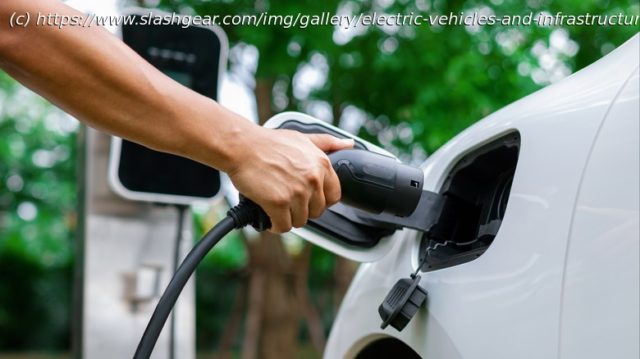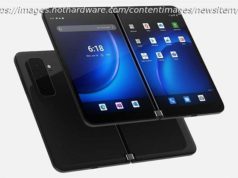As the demand for electric vehicles increases sharply, the charging infrastructure that will make EVs a practical replacement for gas-powered cars is lagging.
The global automotive industry is undergoing its most significant transformation in living memory, as the world’s biggest carmakers pour unprecedented amounts of cash into developing and manufacturing electric cars. In some parts of the world, EVs have already become the default option for car buyers — for example, in Norway, all-electric BEVs made up around 84% of overall new car sales in October 2023, according to CleanTechnica. This might seem surprising at first, as Norway’s major cities are few and far between, spread out over vast distances with few towns in between.
Nonetheless, the country’s comprehensive network of chargers means that even in remote areas, it’s not difficult to get around with an` EV. This investment in infrastructure, combined with heavy incentives for electric cars and taxes on polluting vehicles, has led to a revolution in how buyers see EVs. However, with American charging infrastructure lagging well behind EV leaders like Norway, critics have questioned whether the nation could cope with a similar change in buyer habits.EV sales are still growing
The question is becoming ever more pressing as data shows EV sales in America are rapidly growing. A study by Cox Auto revealed that 2023 is set to be the first year ever where U.S. EV sales reach over one million units, with the third quarter seeing record numbers of electric cars registered. A number of major automakers have seen their EV sales more than double compared to 2022, primarily due to the launch of new models. The same study estimates that the number of electric car models on offer will double again by 2027, meaning sales numbers are likely to keep on rising.
A major driver of this increased EV volume is the entry of a wider range of major automakers into the segment. While Tesla remains the biggest EV maker for now, its share in the segment has dropped to around 50%, even after dropping its prices significantly in an attempt to entice new customers. With so many new models from rival manufacturers on the way, the competition will only continue to get tougher.Tesla and the Supercharger network
Despite the increased competition, Tesla continues to offer buyers a currently unbeatable advantage: full access to its Supercharger network. The original marque-specific charging network gives Tesla drivers access to fast charging all across America, and makes payment easy through the Tesla app. This goes a long way to helping ease the range anxiety that many first-time EV buyers have, as well as making it practical to undertake longer journeys with the car.
Tesla recently opened certain Supercharger locations to non-Tesla EVs, and is set to expand its range of locations soon. However, the brand’s website notes that “future sites will only be opened to non-Tesla vehicles if there is available capacity,” so it seems unlikely that the scheme will be rolled out to the entire network any time soon. Tesla drivers are also free to charge at any third-party charging station, subject to compatibility, and so benefit from the best access to nationwide charging infrastructure.Rival charging options
While there’s no way to match Tesla’s network for now, drivers of non-Tesla EVs do have an increasing range of options at their disposal. However, accessing all these options is not always a simple task. A variety of charging apps are available and most networks are only compatible with one or two of them — that means that anyone looking to take advantage of the full range of charging infrastructure available to them will likely need a series of apps, each with its own payment system.
Another key issue with the current charging landscape is that many chargers are only Level 2, and not DC Fast Chargers. This drastically increases the amount of time it takes to recharge the car – EVGo estimates that its DCFC chargers can deliver 150 miles of range in 15-30 minutes, whereas a Level 2 charger will take anywhere between four to eight hours. It’s worth noting, however, that these charging times can vary greatly between car models, as well as charger types. The Department of Energy lists nearly 60,000 publicly available charging stations at the time of writing, but less than 8,500 of those feature DC Fast Chargers.Broken and faulty chargers
Adding to current infrastructure woes is the fact that it’s annoyingly common to find chargers out of service, or otherwise unable to deliver a fast charge despite boasting fast-charging capabilities. It’s one of the most common complaints among EV owners for good reason: It’s no use having access to a charging station if the chargers themselves are inadequate.
Home
United States
USA — IT Electric Vehicles And Infrastructure: Is The U.S. Really Ready For An EV...






